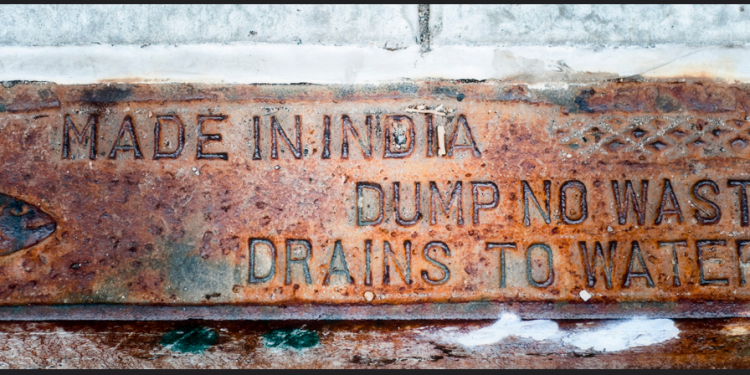FDI Reforms: Bane or Boon for ‘Make In India’ ?

Introduction
Reform: The oxford dictionary describes it as ‘Making changes in something in order to IMPROVE it’. Certainly, that is what the Modi-led-govt. would have thought while bringing in reforms in 15 sectors under the FDI Policy which include mining, defense, construction, real estate and plantation to name a few. But as the history says, with every reform comes a challenge. Because no matter how hard anyone tries to benefit everyone by the new ‘reform’, there will always be someone who faces its adverse effects.
Explanation of This Move
Well, according to the government, liberalizing the FDI Policy will ease the process of doing business in India and simplify the process of foreign investments in the country. Foreign Investment Promotion Board (FIPB) also managed to raise the monetary limit to Rs. 5000 crore from Rs. 3000 crore in order to approve FDI proposals. DIPP Secretary Amitabh Kant was quoted saying, “This is Diwali gift for investors. This is the biggest bang reform of the government.” Supposedly, only time will tell whether it turns out to be a Diwali gift or a cracker alert!
The New Definition of ‘Manufacture’
With the reforms coming into action immediately, it is bringing along with it a lot of pros and cons for the investors. Beginning with, it has altered the definition of ‘Manufacturing’ for the foreign investors. Now they can make minor changes in the foreign product and label them ‘Made in India’. This in turn would make the market a lot more competitive for the Indian manufacturers. This definition of the FDI policy is based on the income tax laws. Not to forget, this definition also ended up restricting the foreign investors to play their part in certain sectors, including the likes of electronics and hardware manufacturing.
What else is New?
Indian manufacturers may now sell their products in any way they wish, be it online or offline without needing any government approval. They still are bound to several conditions imposed by FDI one of which states that 70% value of the goods should be manufactured in India. Another condition states that Indian brands should be owned by the residents of India itself. However, these changes are still ambiguous as they are not clear while stating that which would be the companies which will fall under these reforms?
‘Achhe Din Aane Wale Hai’
The FDI reforms have proven to be a major blow to the ‘Make in India’ campaign. Although, some of the changes bear good news for the manufacturers outside India, on the contrary, they have also proven to be the bearer of ‘Not-so-achhe-din’ for the Indian manufacturers. There are chances of further reforms in the same policy, which could clear the ambiguity in the policies to some extent.
Author’s Perspective
The reforms made by the government aim at easing the process of doing business in the country. These reforms on one hand are helping the foreign investors to label a product ‘Made in India’, but they are also making it more difficult for the Indian manufacturers to compete with the foreign companies in the market. I believe that the changes that are supposed to be brought about in any policy should aim at benefitting the people of our nation first or should target mutual benefit of all the companies, be it Indian or not Indian. It might be easier now for more foreign companies to establish their domain in India thereby generating employment for Indians. On the contrary, it is also posing a threat to the already employed workers in Indian industries, which should certainly not be acceptable!
[Image Attribute: GeekGirly]


